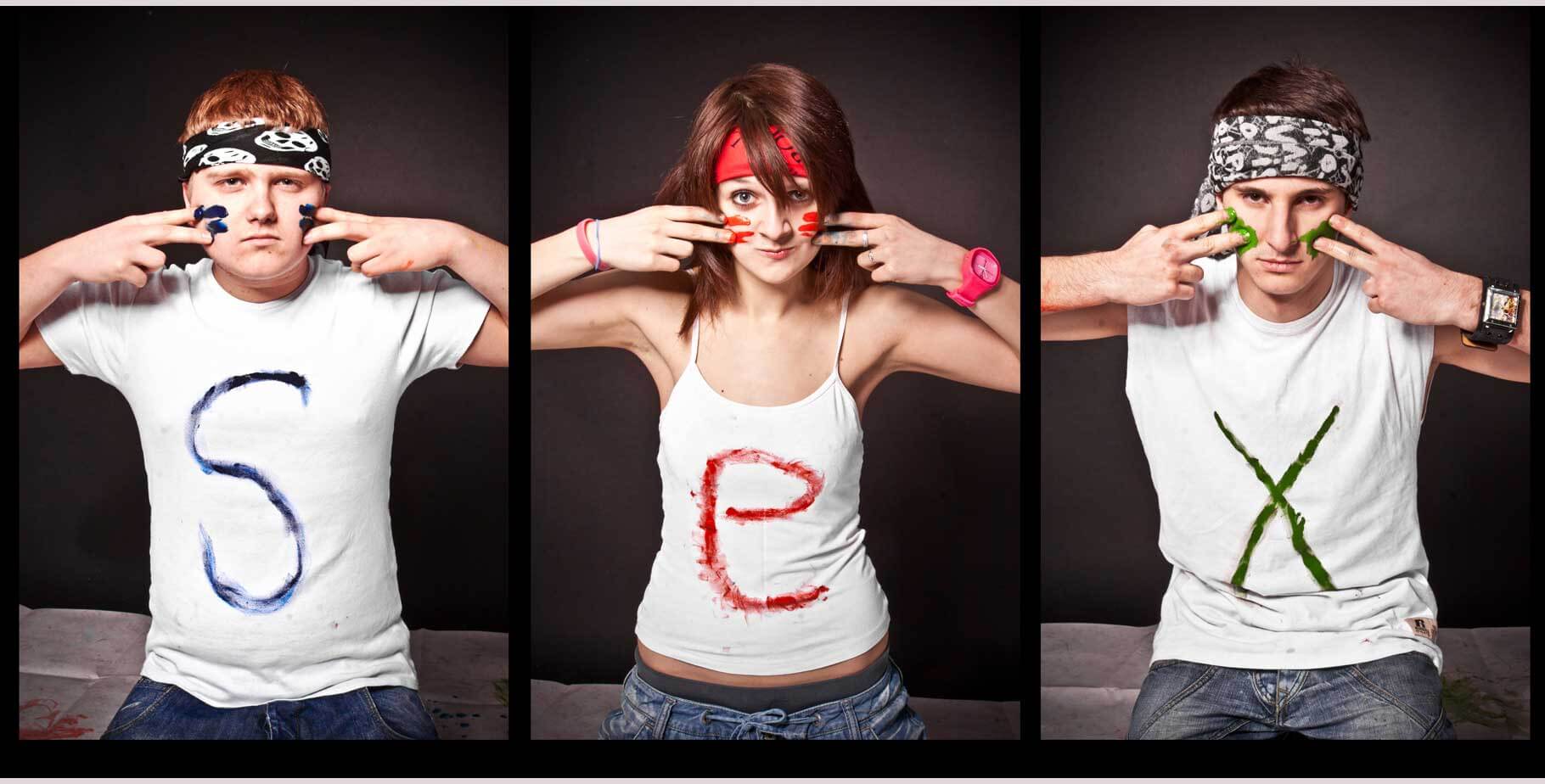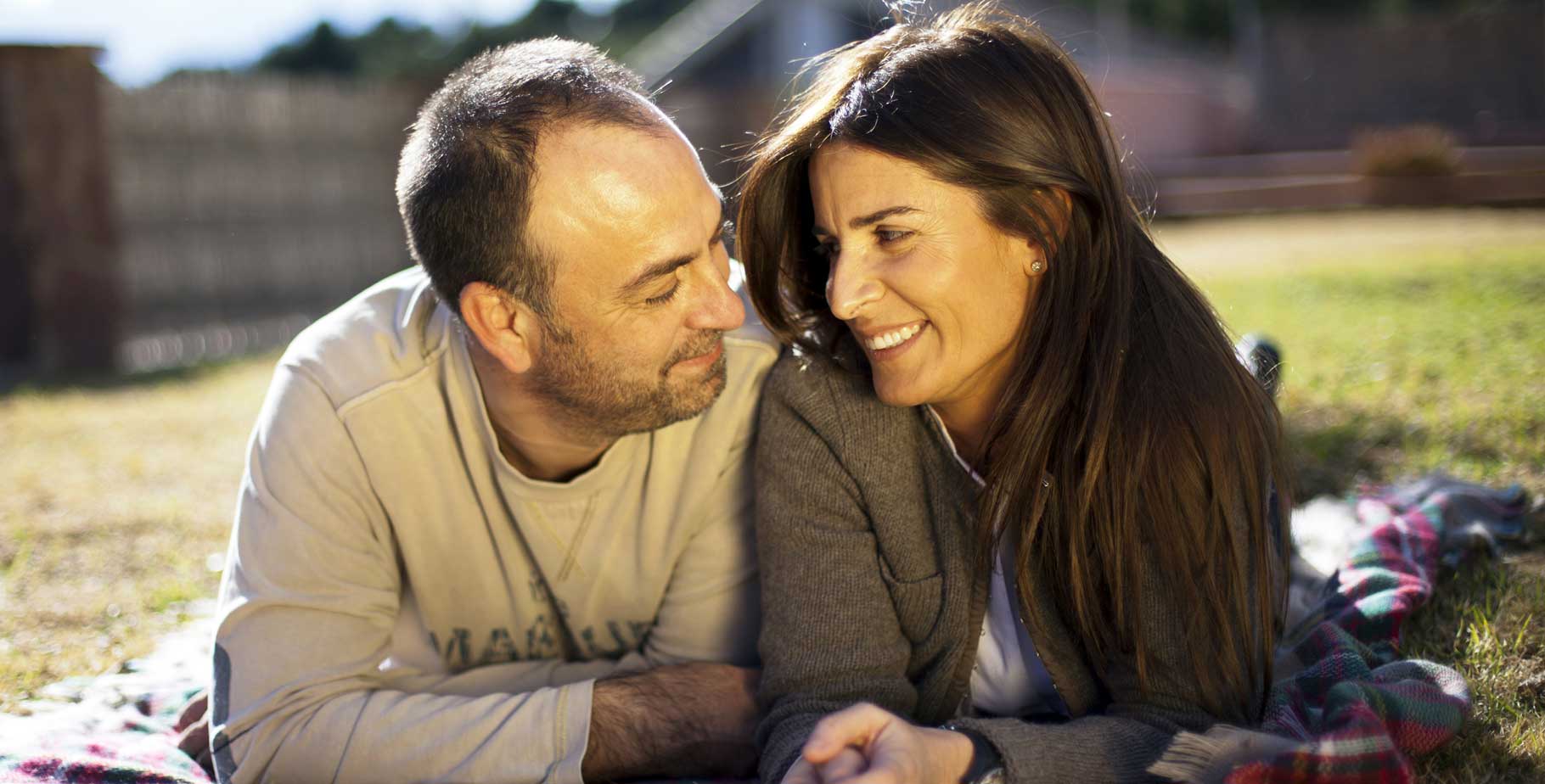
Child sex education resources are seriously flawed. How to correct them. It’s not easy for parents to discuss sex with their children. When my wife and I had kids, I’d been a sex educator for more than a decade, yet at times, I found myself tongue-tied.
That’s why it’s so important to introduce the subject when kids are toddlers. You gain valuable experience—and confidence—when their questions are simple, and you develop a sex-positive, ask-me-anything tone that’s sure to pay dividends as they become teens and the issues become more complicated.
Attention Parents
- Silence speaks volumes. Kids look to their parents for guidance on values and behavior. Sex involves both, so they want to hear from you. Parents provide sex education whether or not they ever raise the topic. Parents who remain silent or evade questions declare loud and clear that sex is unmentionable. So kids turn to other sources: clueless peers or the Internet, where sex searches may reveal good information, but are more likely to yield pornography. Try googling “sex education” and “porn.” I got 20 million hits for sex ed—and 150 million for porn, seven times as many.
- Do your best to answer kids’ sex questions as forthrightly as possible. Never say, “You’re too young for that.” Or “That’s for grown-ups.” Kids are curious about all aspects of life, so of course they’re interested in sex. Sex education never hurt anyone. What causes problems is its absence.
- No need to be long-winded. To discuss sex productively, you don’t have to feel comfortable with the subject. Nor do you need to be articulate. There’s only one requirement. Try. Then keep trying. With practice, you’ll gain confidence and going forward the task usually becomes easier. You don’t have to get it perfect the first time. Conversations evolve, including sex talks. If you want to amend what you’ve previously said or add information, no problem, feel free.
- Keep talking. Many parents say little if anything about sex until children reach some arbitrary age, and then stumble through The Talk, often a one-time conversation. The once-and-done approach is unrealistic. Sex is everywhere. Talk about it whenever the subject arises: on TV, after movies, in song lyrics, in the news, anywhere and everywhere.
- Answer kids’ questions with a loving tone and a big smile. Your manner and grin communicate as much as your words. They show that sex is just another ordinary aspect of daily life.
- Read them a book. When I was seven, my mother read me one called How I Was Born, which explained sperm and eggs and how they meet. I recall feeling astonished. Really? Something comes out besides pee? Men stick it into women? I also recall feeling delighted. I knew little about sex, but I understood that it was a grown-up subject. My mother had shared it, which showed she, and by implication, my father, too, trusted me with adult information. I felt a bit more grown-up myself.
The Many Problems With Parent-Child Sex Education Resources
How I Was Born is long out of print, but today’s parents can choose among two dozen sperm-and-egg and welcome-to-puberty guides. To the extent that they help nervous parents deal with challenging subjects, they’re valuable.
But they’re also problematic. Billed as providing “sex” education, they focus almost exclusively on procreation. Most mention erotic pleasure only in passing, if at all. That’s a real shame. Having children (usually) requires sex, but for the vast majority of lovers and the vast majority of rolls in the hay, sex has nothing to do with reproduction. It’s all about pleasure and affirming relationships. Unfortunately, sex education resources for children and teens greatly under-emphasize erotic pleasure. Even in books for children, pleasure deserves more ink.
I urge parents to correct several key points that even the best books distort:
- The books say: “Boys have penises. Girls have vaginas.” Actually, boys have penises. Girls have vaginas, vulvas, and clitorises.
The female equivalent of the penis is not the vagina. During the first two months of gestation, the two genders’ fetal genitalia are indistinguishable. Then the cells in boys that develop into the penis in girls become the clitoris and vulva, which includes the clitoral hood, the vaginal lips (inner and outer), and the erotically sensitive groove between them. Biologically, the penis has nothing to do with the vagina.
Meanwhile, ever since Alfred Kinsey launched modern sex research in the late-1940s, one finding has been re-confirmed in many studies. Compared with men, women are considerably less likely to have orgasms. Men report orgasms approximately 95 percent of the time, but for women, depending on the study, the figure is only 50 to 70 percent. Why? In part because many men (and some women) are unaware of the clitoris and the key role it plays in women’s erotic responsiveness and orgasm. From day one, parents should tell children that boys have penises for making babies and sexual pleasure, while girls have vaginas for babies and clitorises and vulvas for pleasure.
- The books say: “Masturbation is normal. Some think it’s wrong or harmful, or a sin. But masturbating cannot hurt you. Many people masturbate. Many don’t. It’s your choice.”
My suggestion: You’re free to masturbate or not—but your mother and I encourage you to in private. Masturbation is the foundation of a healthy, happy sex life. It allows us to learn what kinds of touch provide sexual pleasure. If you’re not adept at making love with yourself, it’s more difficult to do it with anyone else.
In 1994, AIDS was a global health calamity. At a U.N. AIDS conference, reporters asked then-Surgeon General Jocelyn Elders, M.D., if it might be appropriate to promote masturbation to young people as a substitute for sexual activities that might transmit AIDS. She replied, “Masturbation is part of human sexuality. Perhaps it should be taught.” Despite her tepid endorsement, Congressional conservatives went ballistic and Elders was forced to resign.
But Elders was right. Parents should teach their children that masturbation is not only harmless and almost universal but beneficial. It’s the foundation of healthy sexuality and a key element in treating several sex problems, notably premature ejaculation in men and difficulty with orgasm in both genders.
Left to themselves, children are enthusiastic masturbators. Why not? It’s such fun. But while encouraging solo sex, parents should also say that, like using the bathroom, masturbation is a private pleasure. When you want to play that way, do it behind a closed door.
- The books say: Sexual intercourse is often called making love.
Actually, there are many ways to make love: kissing, cuddling, hugging, gently massaging each other from head to toe, fondling each other’s genitals, fellatio, cunnilingus, penis-vagina intercourse, anal play, and sex toys. For those who enjoy them, they all provide great pleasure.
There’s no “right way” to make love. Making babies (usually) requires sexual intercourse with the man ejaculating inside the woman. But making love is not limited to intercourse and need not include it. Plenty of people enjoy marvelous lovemaking and marvelous orgasms without intercourse, notably older lovers. Even when couples can have intercourse, some prefer to make love in other ways.
- The books say: “During intercourse, both the man and woman become increasingly excited, and eventually experience waves of pleasure. That’s orgasm.”
My revision: After you masturbate for a while, you notice feeling increasingly excited. At a certain point, you feel muscle contractions between your legs accompanied by a wave a pleasure followed by a few minutes of dreamy contentment. That’s orgasm. Lovers can also help each other have orgasms by caressing each other’s genitals.
The books that mention orgasm uniformly imply that penis-vagina intercourse produces it. This is usually true for men, but a huge research literature, discussed in a previous post, shows that only about 25 percent of women are consistently orgasmic during intercourse. To come, three-quarters of women need direct clitoral caresses by hand, mouth, or vibrator.
Unfortunately, many men and some women believe that women “should” come during intercourse. This belief causes a tremendous amount of sexual misery: women who think there’s something wrong with them when they don’t, men critical of their lovers, and women who fake orgasm to appease men’s supposedly fragile egos. The notion that vigorous, extended intercourse produces orgasm in women ranks as among the most toxic sexual misrepresentations.
Most books include anatomical drawings that depict the clitoris. Why not emphasize its central role in women’s pleasure?
Most books say there’s nothing wrong with masturbation. Why not stress that solo sex is a pre-requisite for mutually fulfilling partner sex?
The books explain intercourse. Why not point out that there are many other ways to make love and that those other approaches are more likely than intercourse to bring women to orgasm?
Parent-child sex education resources fall short by emphasizing procreation over pleasure. Procreation education is worth mentioning, but pleasure education is much more important. Tragically, books with the best intentions wind up perpetuating mass sexual mis-education, particularly about how women have orgasms.
We Love It And Bet You Will, Too.
When we told our kids about the erotic primacy of the clitoris for women, they absorbed it just as they had sperm-and-egg information.
After we emphasized that they could masturbate as much as they liked but in private, we found their bedroom doors closed more.
And when we told them that intercourse is not the only way to do it, that many couples prefer oral sex, and that cunnilingus is much more likely than intercourse to bring women to orgasm, they said, Really? Eeww! That’s gross.
Yes, we replied, oral sex is hard for kids to imagine, but when you grow up and become sexual, we encourage you to try it. We love it and bet you will, too.
The sex education books I reviewed:
Bailey, J. and J. McCafferty. Sex, Puberty, and All That Stuff: A Guide to Growing Up. Barron’s Educational, NY, 2004.
Brown, L.K. and M. Brown. What’s the Big Secret? Talking About Sex with Girls and Boys. Little Brown, NY, 1997.
Cole, J. Asking About Sex and Growing Up: A Question-and-Answer Book for Kids (revised edition). HarperCollins, NY, 2009.
Harris, R.H and M. Emberley. It’s Perfectly Normal: Changing Bodies, Growing Up, Sex, and Sexual Health. Candlewick Press, Somerville, MA, 2014.
Madaras, L. with A. Madaras. The “What’s Happening to My Body?” Book for Boys. William Morrow, NY, 2007.
Madaras, L. with A. Madaras. The “What’s Happening to My Body?” Book for Girls. William Morrow, NY, 2007.
Mayle, P. Where Did I Come From? Lyle Stuart, NY, 1973.
Planned Parenthood, Mar Monte. Let’s Talk About Sex (2nd edition). Book Peddlers, Minnetonka, MN, 2005.
Schiffer, H.B. How To Be the Best Lover: A Guide for Teenage Boys. Heartful Loving Press, Santa Barbara, CA, 2004.




